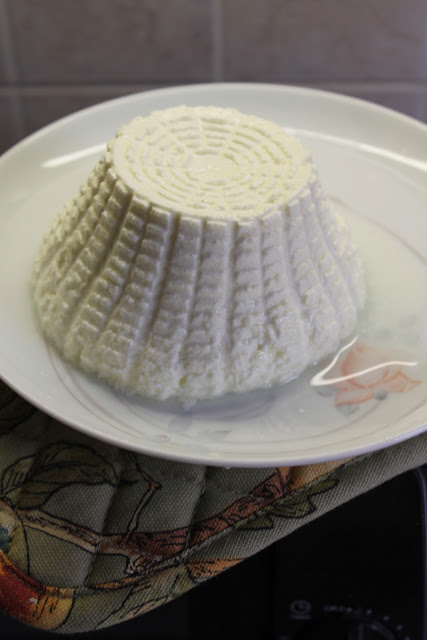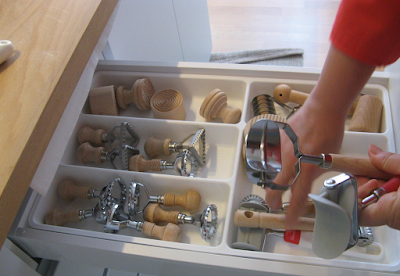The Art of Cheese Making in Italy
By Chef Mama IsaTHE ART OF CHEESE MAKING
INGREDIENTS
Milk: You can use a wide variety of milks, from TB certified raw cow's milk, pasteurized homogenized cow's milk, goat's milk, sheep milk. All will make cheese, each with its unique flavor and taste. Cheese can be made from "latte intero" (whole milk 3.5%), or from "latte scremato" (skimmed milk 2%), but the richness of flavor of the cheese is related to the amount of butterfat in the milk. We prefer to use TB certified raw milk, because if we make cheese with pasteurized homogenized milk, we need to add a small amount of calcium chloride to aid coagulation and form curd.
Starter: Bacteria must be added to acidify the milk so that the rennet will work, and to aid in the curing. Yogurt serves as a thermophilic starter (it prefers warmer temperatures). We prefer the flavor of cheese made from bacterially acidified milk.
Rennet: An enzyme rennin converts milk protein (in Italian "caseina" - casein) from a soluble to an insoluble material, causing the milk to gel. It will only work well in acidified milk. We purchase liquid rennet (we use "caglio di vitello" calf rennet) from a cheese makers supply house. The amount to use will vary on the condition of the milk, season and type of cheese we are making.
EQUIPMENT
1- Heavy stainless steel pot (with A heavy bottom) with lid (never aluminum, because the acidifying milk can dissolve pot);
2- A cover is needed for the steps when the milk must sit for periods of time;
3- An accurate thermometer which reads in the range between freezing and boiling for water (0°C to 100° C): the temperature is very important, because the texture of the cheese depends a great deal on achieving a temperature to within one degree;
4- Whisk thorough mixing of starter and rennet is important;
5- Cheese Cotton Cloth: The purpose of "cheese cloth" is to catch the curd (in Italian "cagliata") and allow the whey to drain out. If your curd is fine, it passes through. Even if it is large curd, the curd can become enmeshed in the coarse weave;
6- Cheese press for the hard cheeses;
7- Cheese molds, used to form and consolidate curds, giving a finished cheese its desired shape.
 |
| The art of cheese making with Mama Isa in Italy |
 |
| The art of cheese making in Italy |
 |
| Fresh Ricotta Homemade with Mama Isa |












